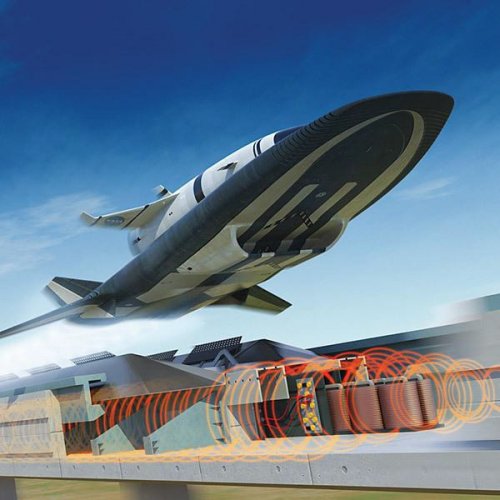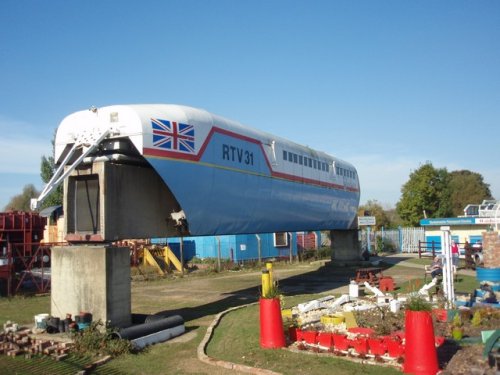Hypersonic Ground Electric AB Engine by Alexander Bolonkin
Abstract
At the present time, rocket launch systems, flight passenger-transport and ground passenger systems have reached their peak of development. In the last 30 years there has been no increase in speed or reductions in trip costs and space launch. The space launch and air and ground transportation industry needs revolutionary ideas, which allow a jump in speed and delivery capability, and a dramatic drop in space launch and trip price. This idea (kinetic aviation and space launch) was offered and developed in a series of the author researches [1]-[7], but an important facet of this method – the ground electric hypersonic engine - was insufficiently developed. Rail Gun idea was unfit for low acceleration and long rails. All energy is spent into creating a powerful magnetic field produces a strong flash when the apparatus is disconnected from rails. When the rail length is increased, the efficiency of low speed railgun engine approaches zero.
The main idea of the offered ground hypersonic electric engine is segmentation of the acceleration track on small special closed-loop sections (12.5 – 100 m) and a system of special switches which allow return of the magnetic energy to the system transferring it to apparatus movement. This increases the efficiency of hypersonic engine up 0.9, avoids the burning of rails and using the engine for long periods of time. The same idea may be used in a conventional Rail Gun.
Author designed and computed the feasibility and practability of this invention which he designed for the purpose of using it as a space launcher for astronauts and space load, as method for hypersonic long distance aviation and as method for supersonic passenger ground rail transportation. The offered system will be significantly cheaper than the currently used MagLev (Magnetic Levitation) systems, because the vehicle employs conventional wings for levitation and the hypersonic engine is very simple. The offered system may be also used for mass launch of projectiles in war.
Key word: hypersonic ground engine, space launcher, air catapult transport, kinetic aviation, air kinetic system, new high speed ground system.
Abstract
At the present time, rocket launch systems, flight passenger-transport and ground passenger systems have reached their peak of development. In the last 30 years there has been no increase in speed or reductions in trip costs and space launch. The space launch and air and ground transportation industry needs revolutionary ideas, which allow a jump in speed and delivery capability, and a dramatic drop in space launch and trip price. This idea (kinetic aviation and space launch) was offered and developed in a series of the author researches [1]-[7], but an important facet of this method – the ground electric hypersonic engine - was insufficiently developed. Rail Gun idea was unfit for low acceleration and long rails. All energy is spent into creating a powerful magnetic field produces a strong flash when the apparatus is disconnected from rails. When the rail length is increased, the efficiency of low speed railgun engine approaches zero.
The main idea of the offered ground hypersonic electric engine is segmentation of the acceleration track on small special closed-loop sections (12.5 – 100 m) and a system of special switches which allow return of the magnetic energy to the system transferring it to apparatus movement. This increases the efficiency of hypersonic engine up 0.9, avoids the burning of rails and using the engine for long periods of time. The same idea may be used in a conventional Rail Gun.
Author designed and computed the feasibility and practability of this invention which he designed for the purpose of using it as a space launcher for astronauts and space load, as method for hypersonic long distance aviation and as method for supersonic passenger ground rail transportation. The offered system will be significantly cheaper than the currently used MagLev (Magnetic Levitation) systems, because the vehicle employs conventional wings for levitation and the hypersonic engine is very simple. The offered system may be also used for mass launch of projectiles in war.
Key word: hypersonic ground engine, space launcher, air catapult transport, kinetic aviation, air kinetic system, new high speed ground system.


